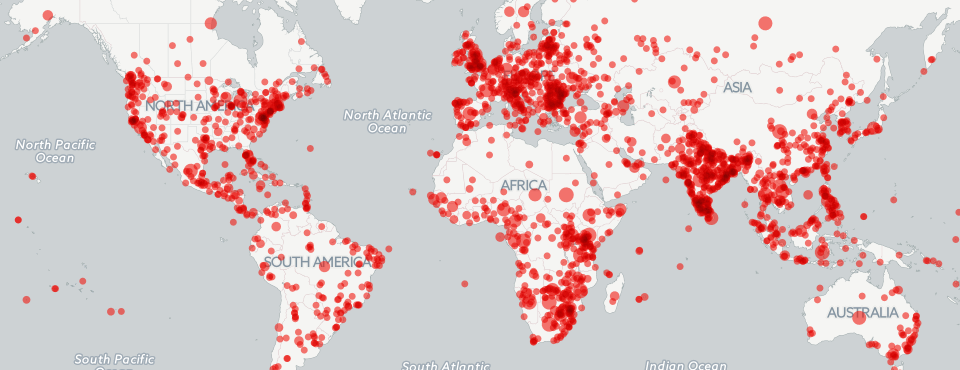
In honor of World Elephant Day, we look back on how GDELT has been used to track global wildlife crime. Amazingly, back in 2015 when we first explored the idea of using global news media to catalog wildlife crime, the advice we got from a lot of the wildlife community was that we shouldn't bother, because the media simply doesn't cover wildlife crime. As one senior leader from a prominent wildlife organization put it, the New York Times runs elephant ivory stories only once a decade, so it isn't worth even considering media as a data source, because it simply doesn't cover the topic. It turned out that this couldn't be further from the truth.
In reality, the media covers wildlife crime stories every day, but to find them you have to look beyond the New York Times to local media all across the world. Wildlife crime is an inherently local story, covered in local outlets all across the world every single day. Yet only through GDELT's emphasis on local sources from across the world does this come into focus.
The end result was a clickable interactive map in Foreign Policy magazine that captured just how much wildlife crime is covered every single day around the world. You can read the FP article or see the original 2015 map. Click on any location to see coverage about wildlife crime in that area (though many links may be broken now and may require copy-pasting into the Internet Archive's Wayback Machine to see the original article).
In 2016 GDELT was selected as one of 16 winners of the USAID Wildlife Crime Tech Challenge from among 300 proposals from 52 countries.
Today GDELT is used for everything from realtime global tracking of wildlife crime, trend tracking (such as new concealment innovations or emergent geographic, species and application clusters), narrative tracking and even forecasting.
Interested in building your own wildlife crime tracking applications? Get started with GDELT Summary without writing a line of code, explore some of our more advanced datasets, or for the most advanced applications, dive into the realtime 150-language Web NGrams 3.0 dataset!